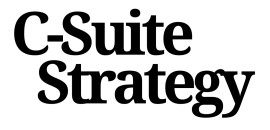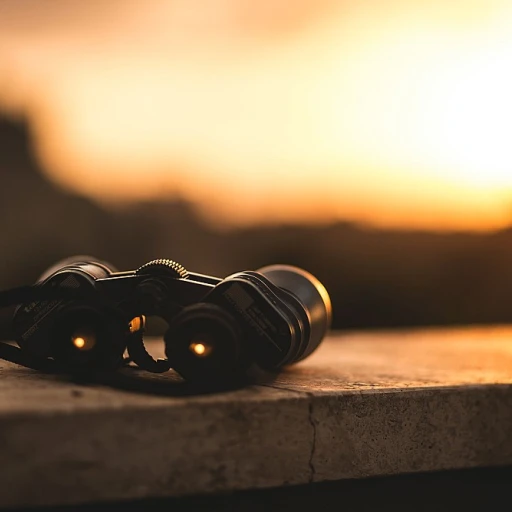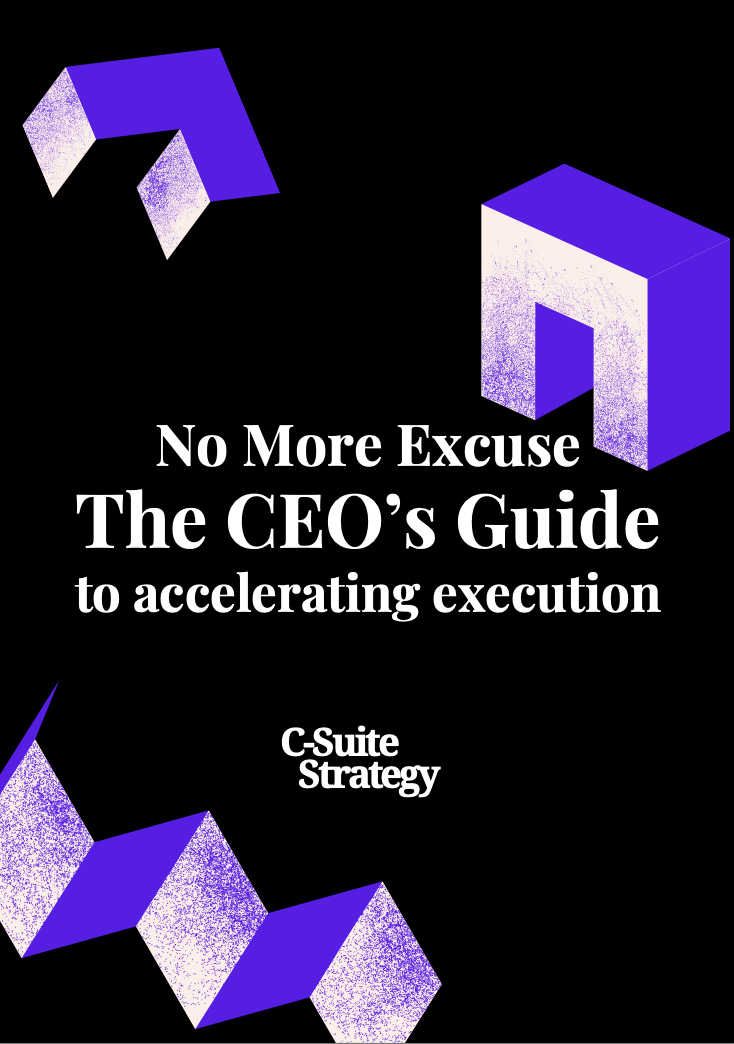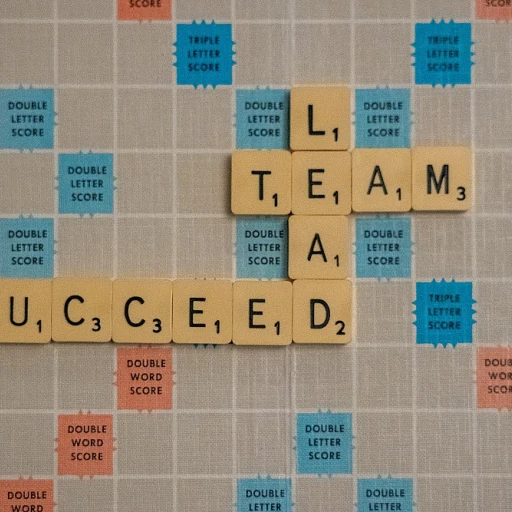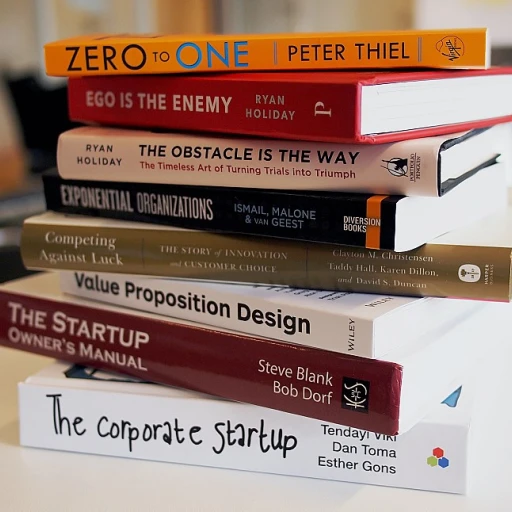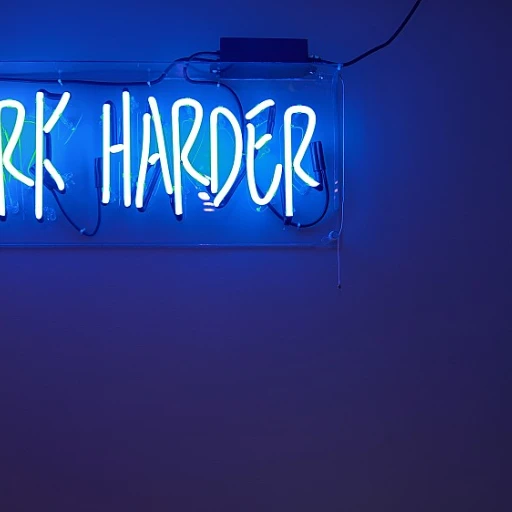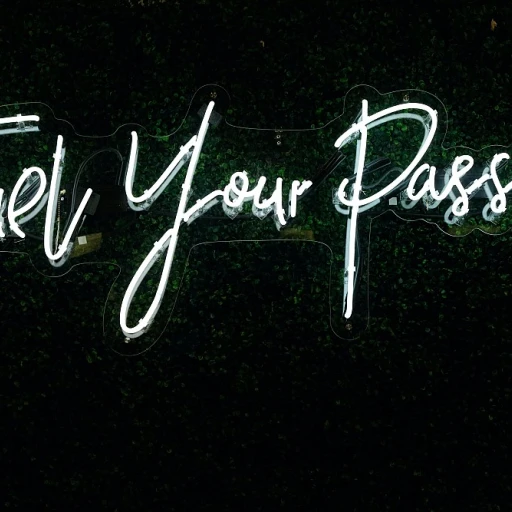The Importance of Organizational Culture in Strategy
The Vital Connection Between Organizational Culture and Strategy
In the ever-evolving landscape of corporate strategy, organizational culture plays a crucial role in shaping strategic success. A healthy culture serves as the foundation for achieving organizational goals, enhancing performance, and fostering innovation. It embodies the collective norms, values, and behaviors that guide how team members interact within the organization and with external partners. As such, understanding and aligning culture with strategy can ignite a powerful transformation that paves the way for achieving strategic objectives.
It's no secret that culture significantly impacts organizational effectiveness. Team members who operate in a supportive and aligned cultural environment are more likely to engage and contribute toward the broader goals of the organization. A well-assessed culture inventory offers insights into the current cultural landscape, highlighting strengths and potential areas for culture change that can drive strategic initiatives forward. The insights gained from such assessments act as a roadmap for leaders to bridge gaps between the current and preferred culture, ensuring strategic alignment.
Strategic leadership calls for a deep understanding of cultural dynamics within the organization. Leaders, equipped with knowledge from culture assessments, can identify and cultivate an ideal culture that naturally supports strategic change. By aligning cultural norms with strategic vision, organizations can foster an environment where the intended strategy not only takes root but thrives.
Utilizing Culture Assessments for Informed Leadership
Leveraging Culture Assessment Tools for Informed Leadership Decisions
In the realm of strategic leadership, the significance of culture cannot be understated. Effective leaders harness culture assessment tools like the Organizational Culture Inventory (OCI) to gain insights that can bridge the gap between current and ideal organizational states. By doing so, they can guide their teams towards achieving long-term organizational goals. Culture assessments provide a comprehensive view of an organization’s behavioral norms and values. These tools help in identifying a dissonance between the existing cultural practices and the desired organizational goals. Such evaluations enable leadership to implement change solutions that align with both the organization's core values and strategic objectives. A culture inventory conducted across various levels of an organization reveals invaluable information about the prevailing cultural dynamics. Leaders can then leverage these insights to foster an ideal culture that promotes organizational effectiveness. This not only enhances employee performance but also facilitates the seamless implementation of strategic initiatives. Organizations, by understanding their cultural strengths and weaknesses, can adjust their approach to better fit the evolving market demands. Informed leaders draw from these assessments to craft strategies that resonate with both the team members and the organizational mission. For a more comprehensive understanding of how culture assessments impact leadership and strategy, explore our guide on cultivating a strong organizational culture for strategic success.Identifying Cultural Strengths and Weaknesses
Spotting the Cultural Pulse: Strengths and Weaknesses
Understanding the cultural dynamics within an organization is pivotal for strategic leadership. Identifying both the strengths and weaknesses of your organizational culture can be a game-changer in steering your company toward its strategic goals. A culture assessment, such as the Organizational Culture Inventory (OCI), offers insights into the current cultural landscape of your organization.
When conducting an organizational culture assessment, leaders should focus on the following aspects:
- Behavioral Norms: Examine the existing norms that guide team members' behavior. Are these norms aligned with the organization's strategic objectives?
- Organizational Effectiveness: Evaluate how the current culture impacts performance. Is there a preferred culture that could enhance organizational effectiveness?
- Competing Values: Identify any conflicting values that may hinder progress. How do these values impact team dynamics and leadership?
By analyzing these elements, leaders can pinpoint areas that require change solutions. It's crucial to distinguish between the ideal culture that supports long-term goals and the current culture that may need transformation. This clarity enables leaders to implement a culture change process that aligns with strategic objectives, ensuring that the organization thrives in a competitive environment.
Aligning Culture with Strategic Objectives
Synchronizing Culture with Strategic Priorities
In the intricate dance of corporate strategy, aligning organizational culture with strategic objectives is paramount. Leadership plays a pivotal role in tailoring culture to meet the long-term goals of the organization. To achieve this alignment, an in-depth understanding of both the current culture and the ideal culture is crucial. At the foundation, conducting an organizational culture assessment provides a clear picture of the prevailing cultural norms. The Organizational Culture Inventory (OCI) is one such tool that can assist leaders in assessing current behavioral norms and how they compare to a preferred culture. By identifying these cultural gaps, leadership can plan effective change solutions that harmonize with strategic direction.- Performance Targets and Culture: Matching culture to strategic goals requires an evaluation of whether the existing cultural dynamics support or hinder performance targets. Leaders should consider if their team's current cultural orientation aligns with the organization's long-term vision.
- Incorporating Change Processes: Effective leaders spearhead culture change processes that ensure the organization's ethos supports evolving business strategies. This often involves setting a roadmap where cultural change milestones are integrated into the strategic planning process.
- Encouraging Human Synergistics: Fostering roles that promote human synergy within teams can lead to greater alignment between cultural and organizational goals. This can be achieved by developing team members through targeted training and encouraging a culture of collaboration and innovation.
Case Studies: Successful Culture Integration
Real-World Examples of Cultural Integration
In the realm of strategic leadership, the integration of organizational culture into broader business objectives is not just a theoretical exercise; it is a practical necessity. Let's delve into some real-world examples where organizations have successfully aligned their culture with strategic goals, demonstrating the transformative power of effective cultural assessments.
Case Study: Transforming Corporate Culture for Enhanced Performance
Consider a multinational corporation that faced declining performance due to misaligned cultural norms and strategic objectives. By conducting an organizational culture inventory (OCI), the leadership identified key areas where the current culture was at odds with the company’s long-term goals. This assessment revealed that the existing culture emphasized competition over collaboration, hindering team effectiveness.
The leadership team, equipped with insights from the culture assessment, embarked on a culture change process. They focused on fostering an ideal culture that prioritized collaboration, innovation, and inclusivity. By realigning their cultural norms with strategic objectives, the organization witnessed significant improvements in both employee satisfaction and overall performance.
Case Study: Aligning Culture with Innovation Goals
Another example is a tech company that sought to enhance its innovation capabilities. The organization conducted a culture assessment to understand the current cultural landscape and identify behavioral norms that either supported or hindered innovation. The assessment revealed a preference for risk-averse behaviors, which stifled creativity and innovation.
To address this, the leadership implemented change solutions that encouraged a culture of experimentation and calculated risk-taking. By aligning the organizational culture with its innovation goals, the company successfully cultivated an environment where team members felt empowered to explore new ideas, leading to breakthrough innovations and sustained competitive advantage.
Lessons Learned
These case studies highlight the critical role of culture assessments in identifying and bridging the gap between current culture and strategic objectives. By understanding and leveraging cultural strengths and addressing weaknesses, organizations can drive meaningful change and enhance their overall effectiveness. The key takeaway for leaders is to view cultural integration not as a one-time initiative but as an ongoing process that requires commitment and adaptability.
Practical Steps for Implementing Culture Assessments
Implementing a Holistic Culture Assessment Approach
Moving from planning to execution can often be the crux of strategic leadership, especially when it comes to assessing and evolving organizational culture. Based on a clear understanding of organizational culture's role in strategy and leveraging assessments for informed leadership, it’s crucial to approach the implementation process systematically yet flexibly. 1. Selecting the Right ToolsYou should start by choosing tools that provide a comprehensive view of the current culture. Instruments like the Organizational Culture Inventory (OCI) assess the behaviors that are expected and approved within an organization. This inventory is essential for evaluating cultural norms and organizational performance in a way that is both human-centric and data-driven. 2. Engaging the Right People
Ensure that organizational assessments reach across different layers of the company. From top executives to team members at all levels, participation should reflect a cross-section, fostering a more authentic and complete picture of the existing cultural landscape. 3. Communicating Goals and Processes
To foster transparency and buy-in, clearly communicate the purpose of the assessment and its alignment with strategic objectives. Articulating the goals, expected outcomes, and benefits of the exercise encourages an open, trust-based dialogue among employees, adding to the corporate culture’s credibility. 4. Evaluating the Results
Once the assessment is conducted, methodically evaluate the data to identify the cultural strengths and areas requiring change. Look for patterns in behavioral norms and assess how these align with your strategic leadership goals. This evaluation should be thorough and objective, keeping an eye on both past insights and future aspirations. 5. Implementing Change Solutions
Based on the identified strengths and weaknesses, develop actionable steps for cultivating the "ideal culture" within your organization. Engage your leadership team and ensure alignment with long-term objectives, using tailored solutions that might include workshops, training sessions, and feedback loops to foster ongoing cultural evolution. 6. Monitoring Progress
The process of cultural transformation is continuous. Regular follow-up assessments should be planned to measure progress against your desired cultural benchmarks. This ongoing measurement allows for rapid adaptation and course correction, ensuring that your corporate culture remains aligned with evolving strategic goals. By following these practical steps, leaders can effectively integrate cultural assessments into strategic planning, paving the way for not just change, but a sustainable development path that reinforces organizational effectiveness and unity.
